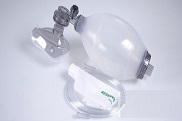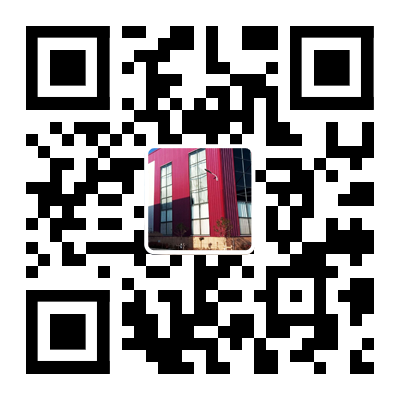Operating procedures of the resuscitator
2021-07-22
1. Evaluation:
(1) Are there any indications and indications for the use of simple respirators, such as acute respiratory failure, respiratory arrest, etc.
(2) Assess whether there are contraindications to the use of simple respirators, such as moderately or above active hemoptysis, large pleural effusion, etc.
2. Connect the mask, breathing bag and oxygen, and adjust the oxygen flow rate to 5-10 liters/min to fill the air bag.
3. Cover the nose of the sick person with the face mask so that it does not leak air tightly. If the patient uses a simple respirator for tracheal intubation or tracheotomy, the sputum should be sucked up first, and the balloon should be inflated before application.
4. The method of squeezing the breathing bag with both hands: pinch the middle part of the breathing bag with both hands, with the thumbs facing inwards, and the four fingers together or slightly apart, squeeze the breathing bag evenly with both hands, and start the next squeeze after the breathing bag re-expands When the patient inhales, the breathing bag should be squeezed.
5. Pay attention to tidal volume, respiratory rate, inspiratory-expiratory ratio, etc. when using.
(1) Generally, the tidal volume is 8-12ml/kg. It is better to have moderate ventilation. When possible, measure the partial pressure of carbon dioxide to adjust the ventilation volume and avoid hyperventilation.
(2) The breathing rate for adults is 12-16 breaths/min. When squeezing the airbag, pay attention to the frequency of the airbag and the coordination of the patient's breathing. Prevent the air bag from being squeezed when the patient exhales.
(3) The inhalation-expiration time is generally 1:1.5-2 compared with adults; the frequency of patients with COPD and respiratory distress syndrome is 12-14 times/min, the inhalation-expiration ratio is 1:2-3, and the tidal volume is slightly less.
6. Observe and evaluate the patient. During use, closely observe the patient's adaptability to the respirator, chest undulation, skin color, auscultation breath sounds, vital signs, oxygen saturation, etc.


